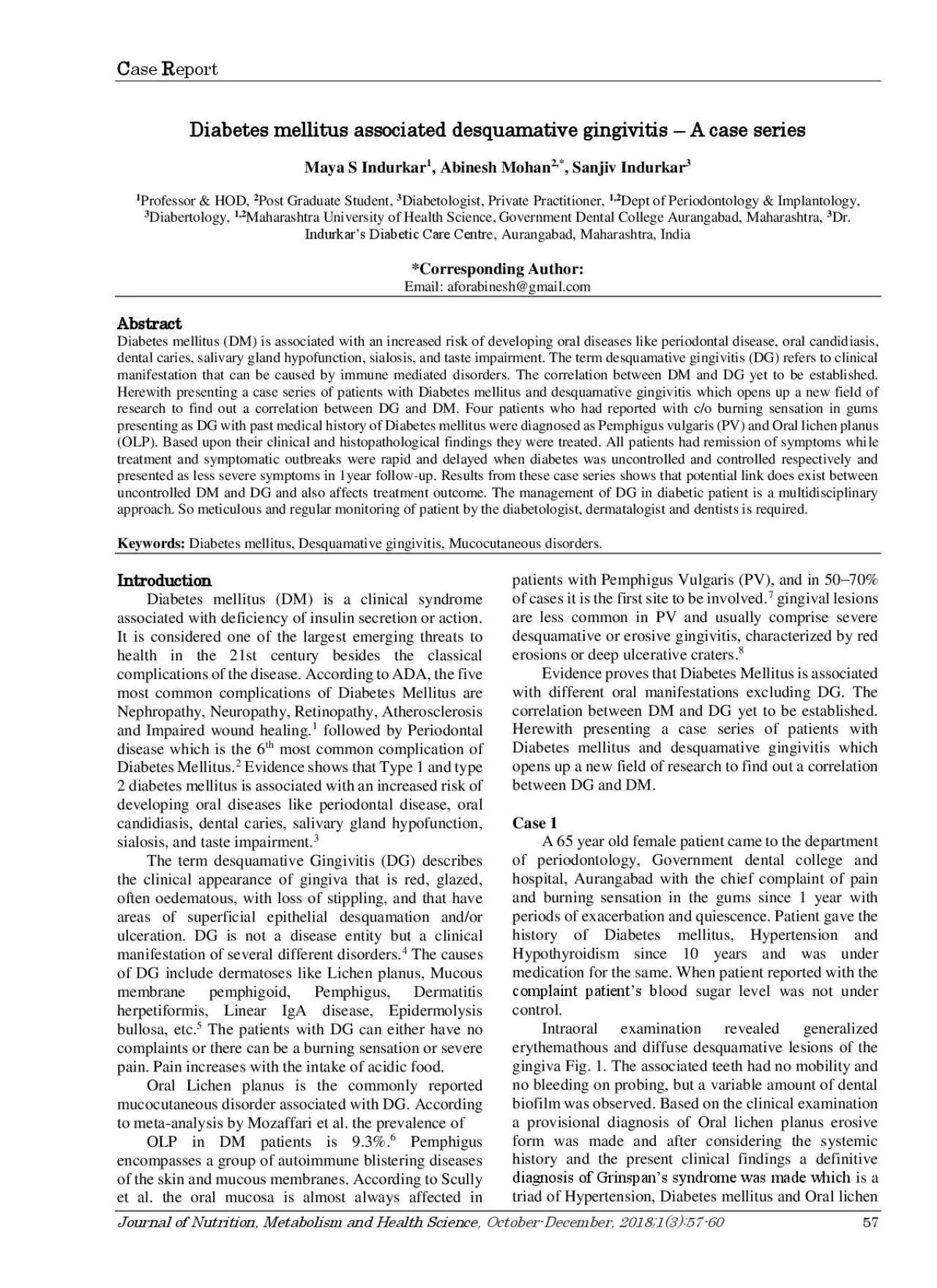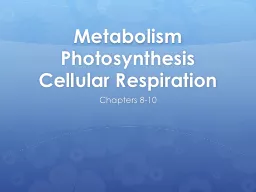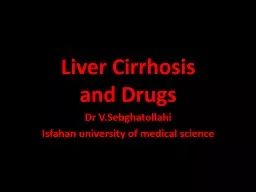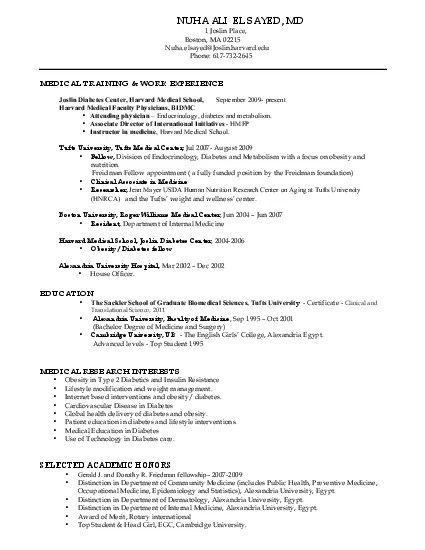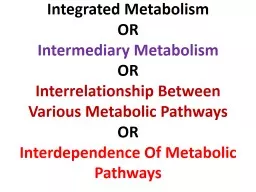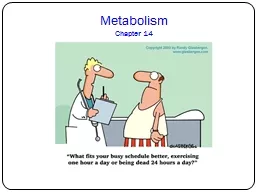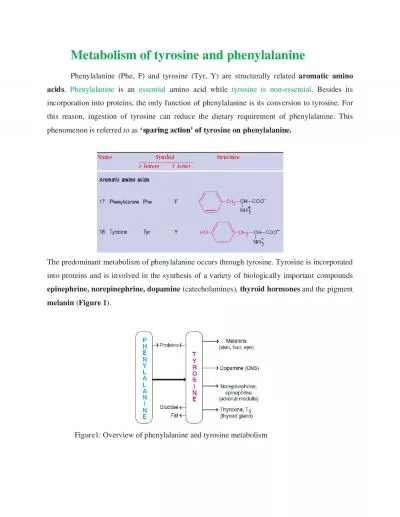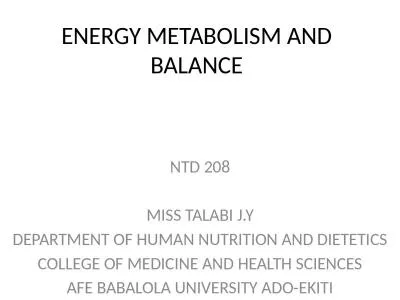PDF-Journal of Nutrition Metabolism and Health Science
Author : adia | Published Date : 2022-10-11
C ase R eport October December 20181 3 57 60 57 Diabetes mellitus associated desquamative gingivitis A case series Maya S Indurkar 1 Abinesh Mohan 2 Sanjiv
Presentation Embed Code
Download Presentation
Download Presentation The PPT/PDF document "Journal of Nutrition Metabolism and Heal..." is the property of its rightful owner. Permission is granted to download and print the materials on this website for personal, non-commercial use only, and to display it on your personal computer provided you do not modify the materials and that you retain all copyright notices contained in the materials. By downloading content from our website, you accept the terms of this agreement.
Journal of Nutrition Metabolism and Health Science: Transcript
Download Rules Of Document
"Journal of Nutrition Metabolism and Health Science"The content belongs to its owner. You may download and print it for personal use, without modification, and keep all copyright notices. By downloading, you agree to these terms.
Related Documents

